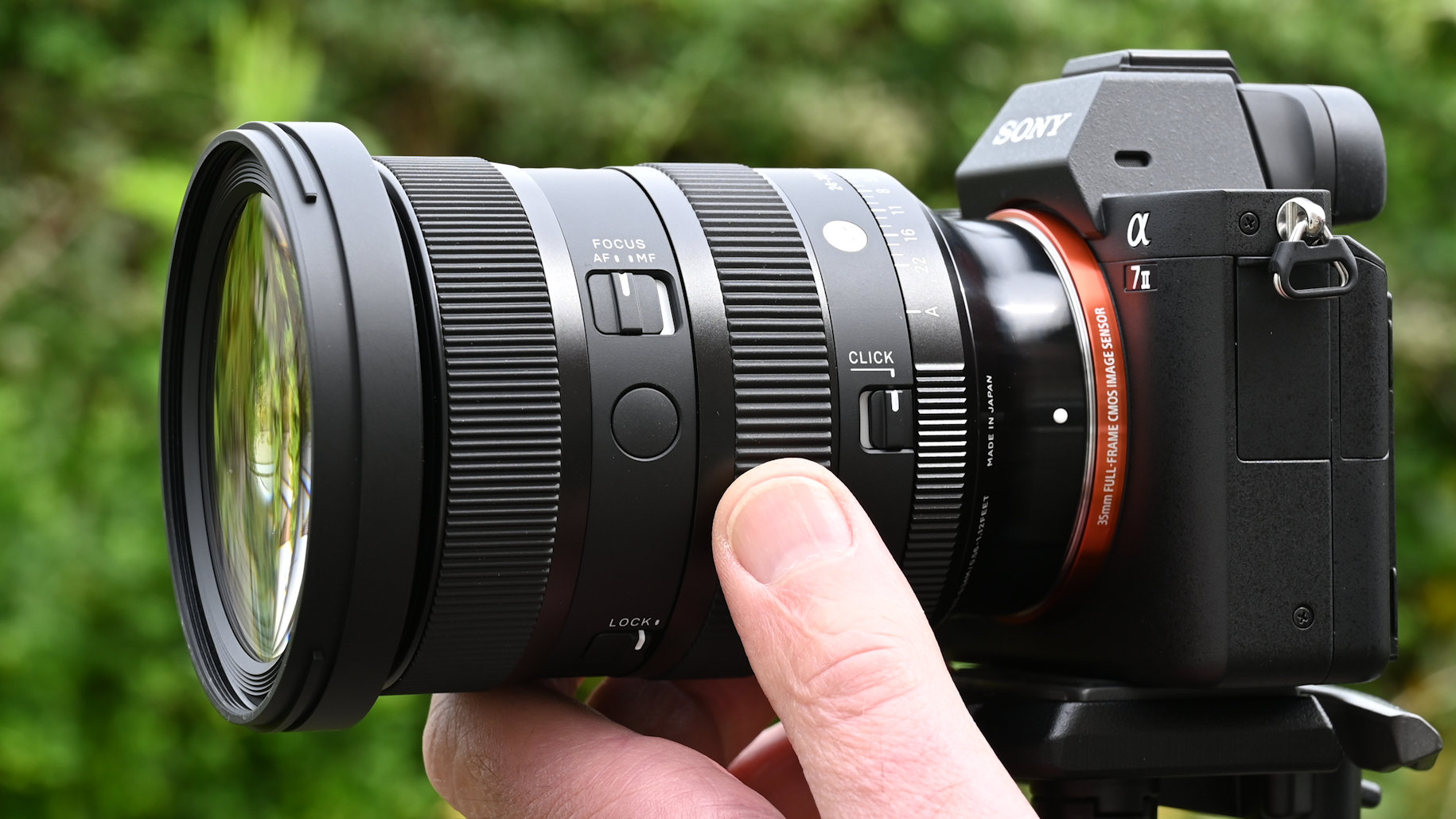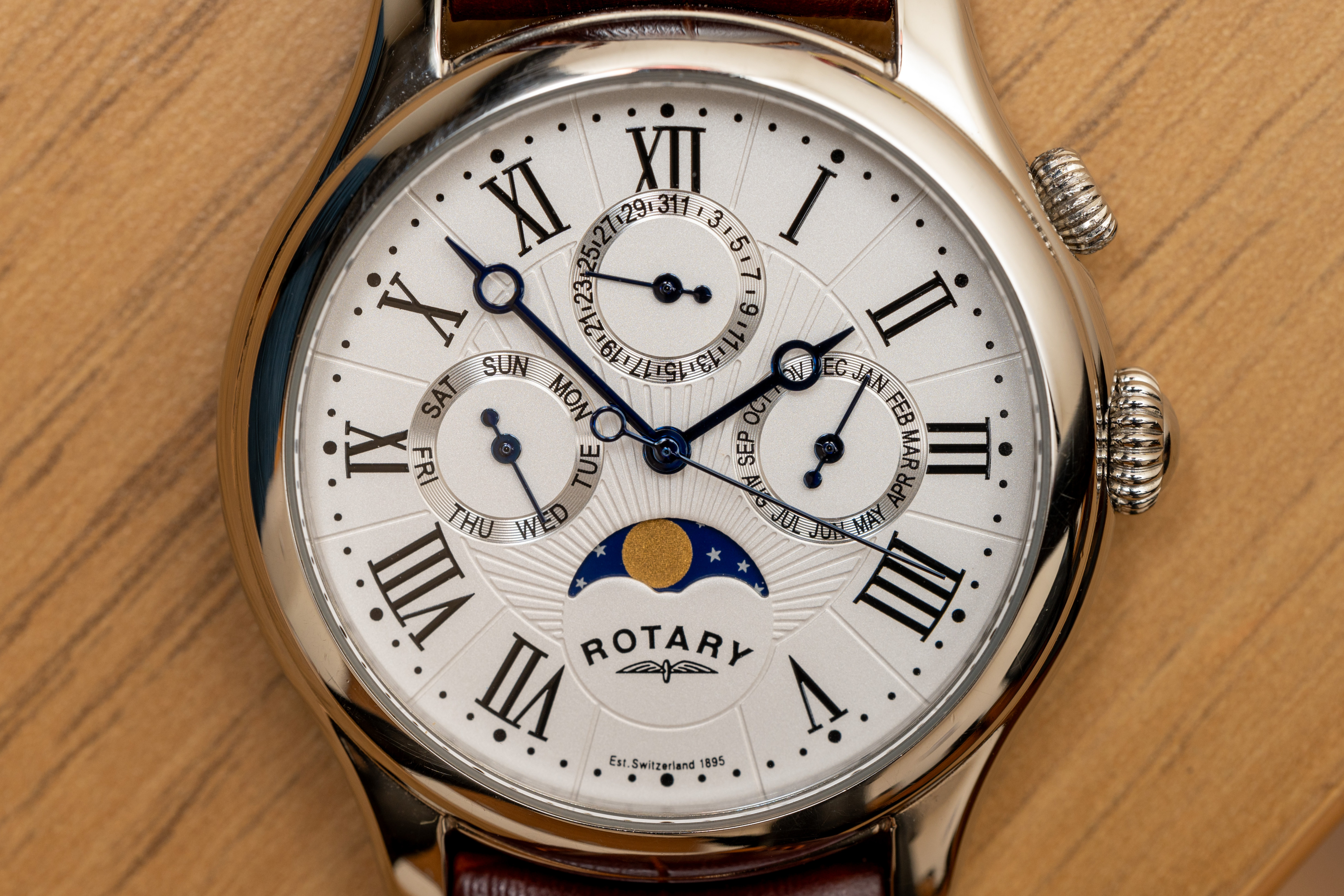
I’m going to start by going off-piste with some automotive talk. I drive a modern car. It has all kinds of driver-assists, like adaptive cruise control, automatic steering correction to keep it in lane, collision avoidance, parking sensors, an automatic handbrake and plenty more besides. Heck, the car almost drives itself and there’s nothing wrong with that from a road safety point of view. But some might say that it lacks the character of, say, a vintage sports car, and doesn’t make you feel like you’re fully in the driving seat. Many photographers feel the same way about lenses.
I’d argue that even the latest cars have their own unique character and give a different driving experience, and the same is true of modern lenses. Take a handful of 50mm primes from different manufacturers, or even the same manufacturer, and they’ll all give you a different take on things, with subtle and not-so-subtle differences in facets of image quality.

Let’s take a stalwart of the ‘characterful lens’ debate. Some photographers have been saying for years that only vintage lenses can give ‘3D pop’, the ability to make a 2-dimensional image look 3-dimensional by making a subject really pop out from its surroundings. Others say that 3D pop doesn’t even exist. Perhaps a more balanced view is to say that a shallow depth of field can isolate a subject against its background, and that’s certainly within the remit of any telephoto lens, or a standard or wide-angle lens with a fast aperture rating, whether it’s vintage glass or bang up to date.

Other facets of character include the color rendition of any given lens and how much contrast it delivers. Then there’s the bokeh, or the quality of defocused areas within the scene. Again, different lenses of the newest designs handle these characteristics differently. Photographers will tend to prefer certain lenses over others, not because of the age of the design, but because they help to convey the narrative and emotion that fit in with their style. And that’s a hard thing to measure.

But when it comes right down to it, for the vast majority of shooting scenarios, I want a lens that delivers good sharpness across the whole image frame, I don’t like color fringing, and I don’t generally want to see distortion. For distortion, I don’t mind whether the lens performs well optically or relies on automatic in-camera correction, which is increasingly the case with mirrorless designs. These things can be measured, as we do in our lab tests, and help to give me an idea of the performance of any given lens. Vignetting is another facet of a lens’s character. I like it in some situations, in others I don’t. As with distortion, automatic in-camera correction is usually available and I think it’s nice to have the option of using it or not. And in this digital age, it’s easy to add extra vignetting when editing an image, for creative effect, as well as changing a whole bunch of other parameters. I feel it often pays to have a clinically precise image as a starting point.

As far as I’m concerned, the less unwanted aberrations a lens gives me, the better. And if you want to call that clinical precision, so be it. For facets of image quality like sharpness and contrast, I feel it’s much better to knock things down a bit at the editing stage if I want to, rather than trying to inject something that’s not there to start with. And if I genuinely want a lens that offers a really unique character that’s hard to recreate at the editing stage, I can always reach for something like one of the best fisheye lenses for that overblown distortion effect, or a Petzval 55mm f/1.7 MKII for swirly bokeh, or something like a Lensbaby Double Glass II Optic for tilting my perspective. Even so, the occasions when I’d want to use lenses like these are very few and far between.







